The curious art of paper sculpting
This article contains affiliate links. We may earn a small commission on items purchased through this article, but that does not affect our editorial judgement.
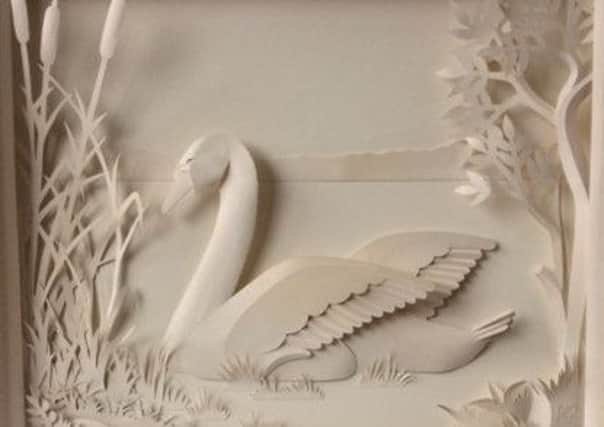

With the art form rarely seen and hardly ever mentioned nowadays, Bill spoke with enthusiastic insight into the history and development of the art form since its early history and close association with his Polish homeland.
With its Polish roots predating World War 1 it was preceded by paper cutting to decorate the walls of Polish homes especially at Easter and at Christmas festivities.
Advertisement
Hide AdAdvertisement
Hide AdBy the mid 19th century it became very popular but eventually faded as fashions come and go but its revival, somewhat surprisingly, occurred under a communist system of government. Much of this revival may have down to a longing for the past and the country’s former way of life. Many of those involved were women and they undertook their art in between completing their domestic chores.
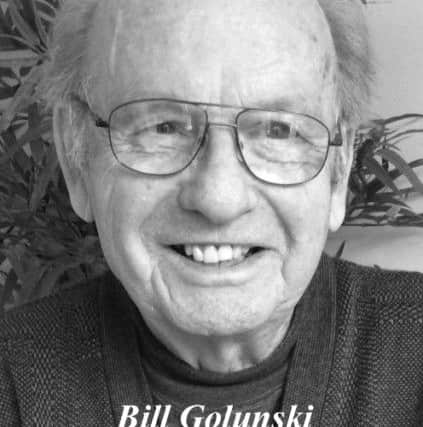

The early glue was made of rye flour and water and in order not to spoil their developing pieces artists had to be extremely careful in managing the construction of pieces.
With paper cutting preceding the development of the art form much emphasis was placed on geometrical patterns in which the cockerel featured heavily.
After World War 1 materials were scarce and so white paper was commonly used. With its development many countries, including France and the USA, saw its potential especially in commercial art. The process became increasingly commercialised as other materials were sourced. Those serious about the art form are keen to emphasise that it not origami!
Advertisement
Hide AdAdvertisement
Hide AdBill learned the technique in the army where he had the opportunity to join a group with many fine sculptors. The process itself is not simply about squeezing paper but involves fine tracing, sketching and the use of fine scalpels. With these techniques different effects can be achieved such as curves, lines, circles and arcs. The structure has to be supported and some are made in the round.
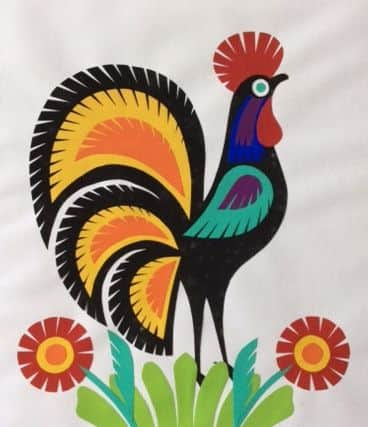

Bill has been involved in making a 7 foot high figure in the round which could be viewed from all sides but his work is mainly with a flat background although he has worked with computer technology during the development phase.
During the final phase of the evening’s presentation Bill provided templates, materials and guidance on how to work to the members of the Adventurers Club and this was enthusiastically undertaken by those present.
With Bill’s beautifully created works on display, many of which are here shown, the budding paper sculpting artists had a high standard to live up to at what was an outstanding and highly enjoyable evening.
Contributed by Joe Hughes
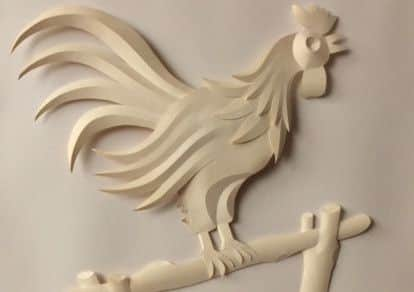

Advertisement
Hide AdAdvertisement
Hide AdDon’t miss out on all the latest breaking news where you live.
Here are four ways you can be sure you’ll be amongst the first to know what’s going on.
1) Make our website your homepage at www.midsussextimes.co.uk
2) Like our Facebook page at www.facebook.com/midsussextimes
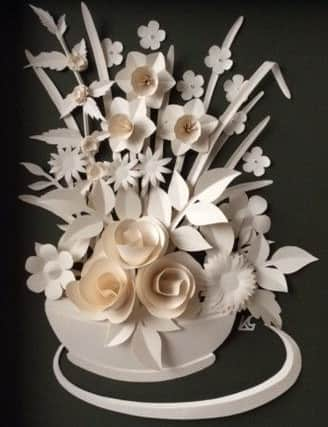

3) Follow us on Twitter @midsussex_times
Advertisement
Hide AdAdvertisement
Hide Ad4) Register with us by clicking on ‘sign in’ (top right corner). You can then receive our daily newsletter AND add your point of view to stories that you read here.
And do share with your family and friends - so they don’t miss out!
The Mid Sussex Times - always the first with your local news.
Be part of it.